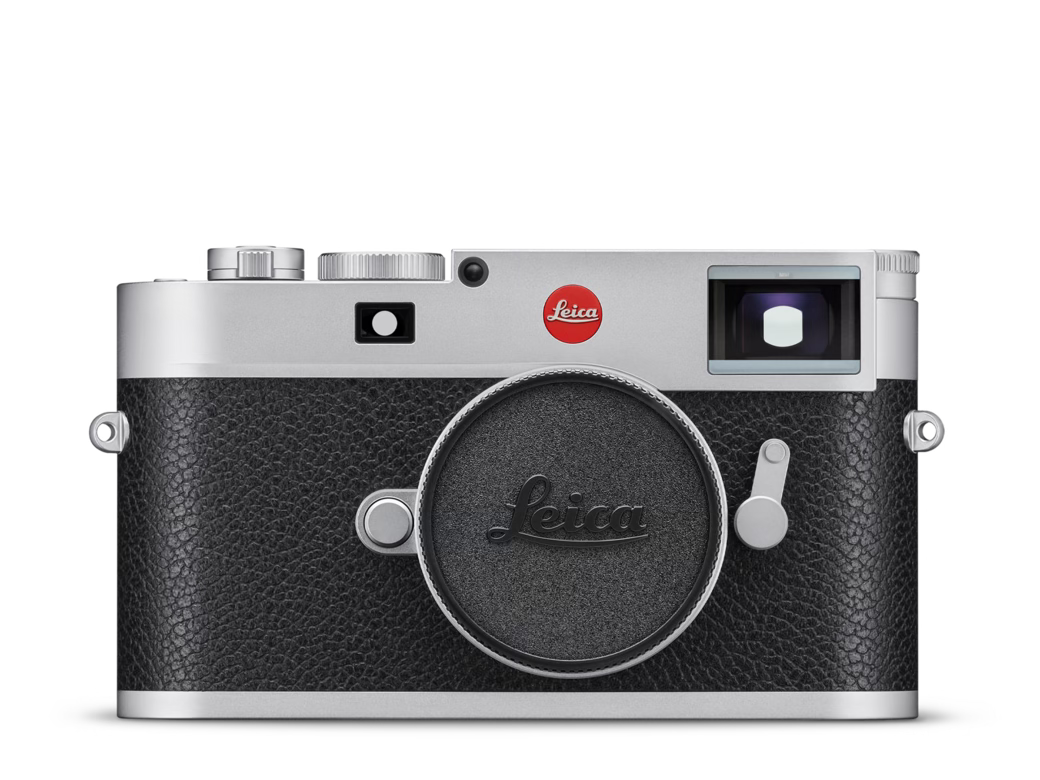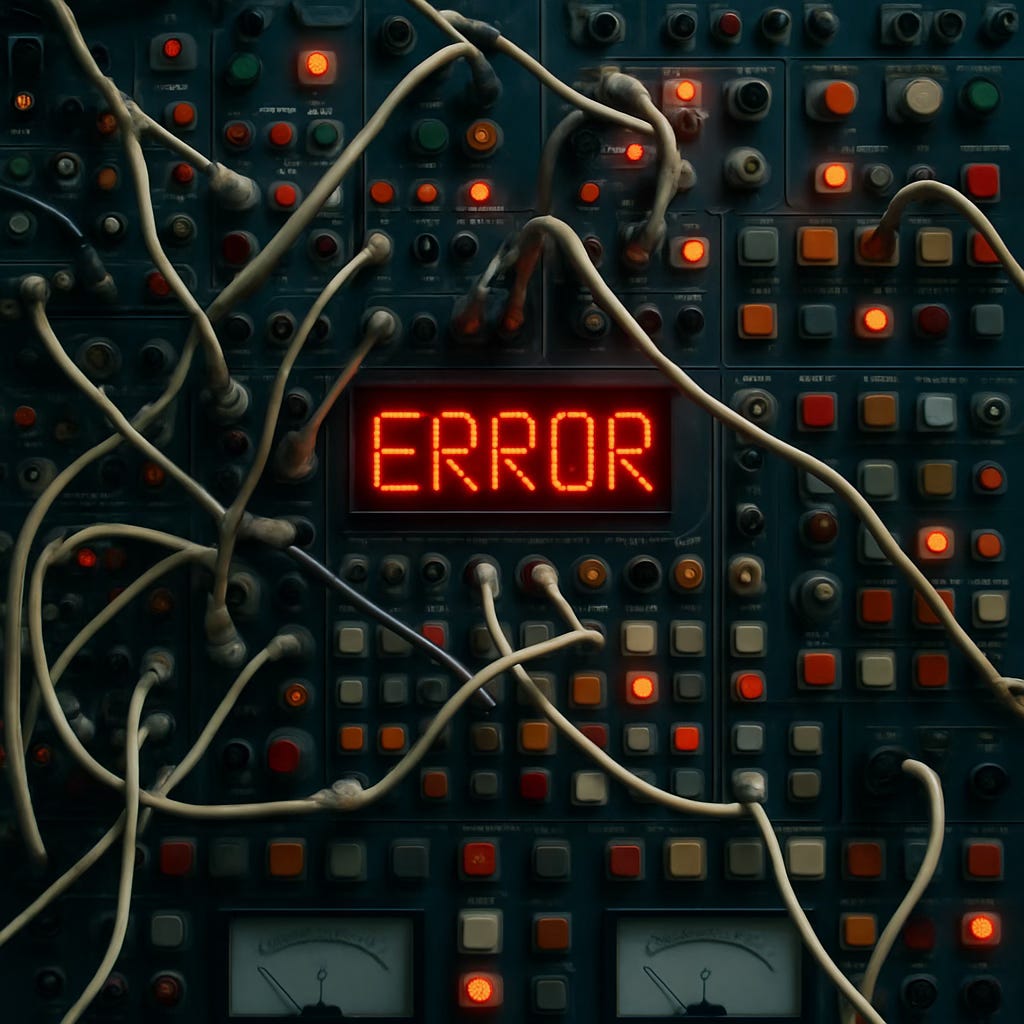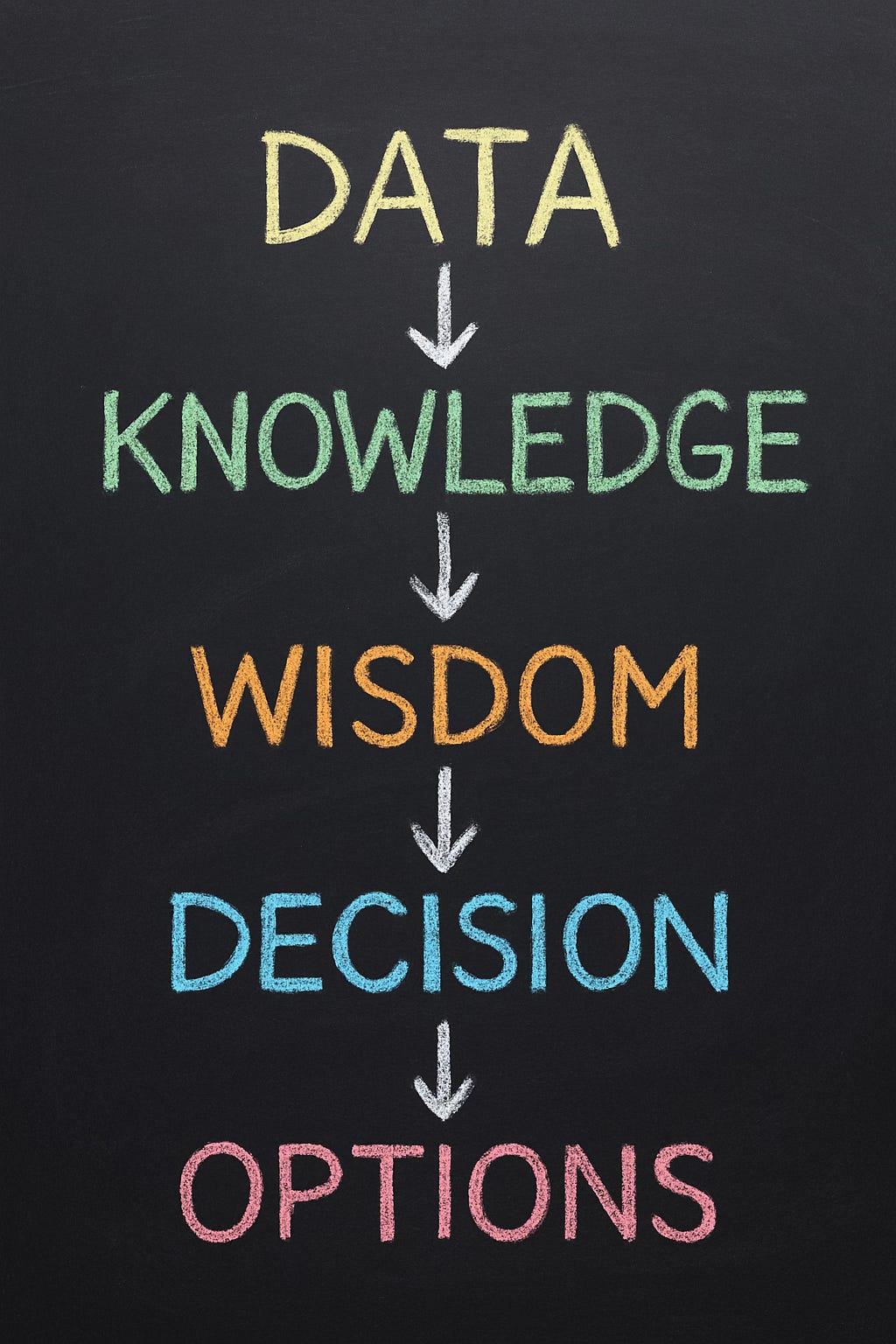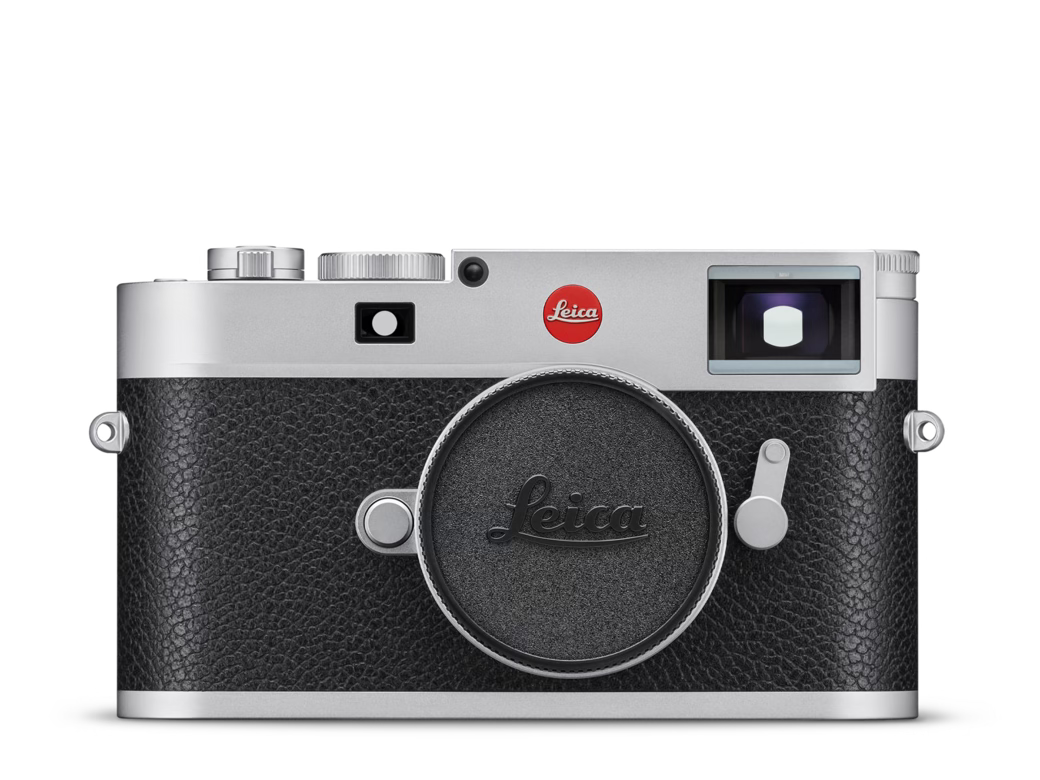Sensor Systems
How Intentful Companies Stay In Tune
Ever since I was a young boy, I've played the silver ball
From Soho down to Brighton, I must've played 'em all
But I ain't seen nothin' like him in any amusement hall
That deaf, dumb, and blind kid sure plays a mean pinballThe Who - Pinball Wizard
But that’s just a fantasy, right? As a person, if you don’t have senses, if you don’t get orientation it’s hard to have self consciousness in the positive sense - to know who you are in the world and what to do in that world. Having a sense of context. And it’s the same for a company. An Intentful Company needs to have that same kind of self-consciousness: awareness to the inside (which the Pinball Wizard might have and feed of) but also an external empathy to the customer, market, and partners.
Oedipus Without Insight
Good old Oedipus is famous for his ability to see everything, but being aware of nothing. He saw the surface, but did not recognize truth.
Confident and smart, Oedipus ignored every warning. He dismissed clear signs and stubbornly bulldozered ahead.
His refusal to listen made him blind to himself and his fate. He was all momentum but zero clarity. Full of power, but without direction.
Ironically, in Sophocles’ Oedipus Rex, Tiresias — the blind prophet — sees the truth more clearly than anyone else. His blindness becomes ironic: though physically blind, he’s inwardly perceptive. The contrast could not be starker: the blind man sees it all, the seeing is blind to reality.
A masterclass in what happens when you are decoupled from context.
We all know and have experienced an Oedipus (some might be lucky to have met a Tiresias) in our professional life. They come in all forms. The consultant who blindly jumps in, not even listening to context. The founder, full of enthusiasm, but sadly not listening to what’s happening outside the startup tunnel. The old boss who “knows how things run here.”
The Sealed Spacecraft
Terrifying thought: You’re inside a space capsule, moving lightning fast.
No window. No instruments. No outside feedback.
Is this speed? Drift? Collapse? Collision course? No idea. Blank
Blindly accelerating into uncertainty beyond escape speed, completely disconnected.
Your company as the capsule - just as terrifying: Motion, without sensing. No strategy, all power, sheer propulsion.
The Locked-In Company
It sees everything.
It feels the pressure.
But nothing moves. (I once worked in a company that aimed to double revenue in three years — but nothing changed in every day work. The goal an unlikely outcome now.)
Inside, the team knows what needs to change.
Outside, customers are giving clear signals.
But there’s no way, no muscle built to act — no clarity, no ownership, no decisions.
Organizational paralysis.
Conscious, but trapped.
Sadly, I am talking about middle of the road. These are not the edge cases, they are the standard.
The common failure mode — the underlying issue is the lack of a functioning sensor system.
Intent Needs Continuous Feedback and Input
This series, The Intentful Company, is about what makes companies work — not just in the next quarter, but across decades.
To do that, intent isn’t enough.
You also need awareness.
You need sensing — real, disciplined contact with the outside world and with your own condition.
You need a sensor system.
Intent without awareness of internal and external context is just empty stubbornness.
Not Dashboards — Systems
Sensor systems aren’t dashboards or KPIs — but they might require them (sometimes simply storytelling).
Report decks can be dead data. Same for pulse surveys. They end up in noise and ultimately messed up controls.
They’re the whole connected web of inputs — formal and informal — that help your company understand itself and its context:
What are your customers feeling?
What are your teams noticing?
What is the market shifting toward?
What really are your internal capacities and constraints?
What happens at the coffee machine, not what’s typed into the CRM?
What’s a Sensor System?
It’s not a tool or a single dashboard. It’s a whole system of inputs, conversations, cadences, and cultural patterns that:
- Keep you in touch with your customers
- Help you feel your internal condition
- Turn scattered data into real, usable insight
Two Types Of Sensors: External and Internal
External sensors represent awareness of the external context, including empathy for the customer.
Internal sensors represent awareness of our internal capabilities and capacities.
External sensors could — amongst others — be: market research, customer research, data from your Sales and Customer Success team (but again: don’t take them at face value, it’s a long way from their “data” and input to an option). Typically your customer-facing team, the external boundaries of your company, are the place to get raw data for a small price.
Internal sensors are indeed formal and informal reporting systems, reports, stories from the teams, moods. I am often shocked that basic information such as “how much work is in flight, how much would still be possible” does not exist. Some will hate me for saying it, but the basics PMI body of knowledge (Project Management) became neglected over the last 10–20 years. They are also neither necessary nor sufficient, but hugely helpful if used well. (Earned value analysis, basic capacity planning, among others. Visual project management did not start around 2000.)
Some More Examples?
A weekly “voice of customer” synthesis — not just raw tickets, but patterns distilled by someone who knows what matters. I once worked wit a classifieds company team. Every Friday morning was “customer day”, where customers visited the office. The afternoon was synthesis of the insights. The recruiting tool was the classifieds site itself. Brilliant.
A monthly cadence where sales and product review the last 10 lost deals together.
A Notion database where team leads log weak signals, hunches, and shifts they’re seeing — and others can comment, tag, and build on it.
An open-scope monthly “inside-outside” meeting: external trends, internal bottlenecks, framed as opportunity-finding.
A feedback ritual after every major feature launch: what surprised us, what did customers actually do, what would we change next time?
Informal stories that travel across levels — and land. Someone hears them and they shape thinking.
None of this is rocket science.
But without cadence, ownership, and interpretation, none of it works.
All these signals and data points only work when they are allowed to flow: external across levels — bottom-up, top-down and horizontally across functions, left and right.
The difference between data and insight is Analysis
What Good Companies Do Differently
Here’s the flow that works:
Data → Knowledge → Wisdom = Decision = Option
It (only) starts by listening. Necessary, but not sufficient. The problem is that most proudly stop with listening and don’t invest the hard work of analysis. Determining the difference between a customer wish and a customer need. What the customer says is taken as granted. But it’s the company’s job to transform customers’ wishes into their needs and build the solution for the needs, not the wish.
Because raw data isn’t strategy. And not every complaint is a direction.
Here’s how Intentful Companies handle signals:
Capture data
Customers, support tickets, win/loss analysis, market news, internal shifts
Distill it into knowledge
Spot patterns. Contextualize. Filter for truth, not volume. (How much I hate “usage analysis.” As if a rarely used feature provides no value.)
Extract the wisdom
What is this really telling us? What’s underneath the obvious? Often hidden in plain sight.
Translate it into options
Strategic paths — what are different valuable ways to fulfill your intent.
Choose with intent
Every option checked:
→ Does it align with our intent?
→ Is it low downside, high upside?
See the other article: Optionality Magic
That’s how sensing turns into strategy.
Why Cadence Matters
None of this works without cadence.
A good sensor system needs rhythm — regular check-ins, synthesis, and decision points.
Cadence looks like bureaucracy, but it’s the opposite: It’s respiration, the rhythm that breathes life into the company, keeps intent up and alive. Never Day 2!
Without cadence, everything remains noise. Focus dies alongside intent.
The magic of cadence lies in: It happens every week (or so), you know where and when to exchange your newest data insight, you don’t have to expose yourself. Strategic work becomes the normal.
Cadence is integration point and catalyst to realize the flow from data to committed option exploiting the data flowing through the sensor system.
Read more on this in the earlier post: Cadence or Die
Think Leica
For all this to make sense, we need to shift away from the wish of the one-hit wonder. (And by the way, even an overnight sensation takes a lot of years of preparation.)
This whole series is not for those chasing the fast exit. Did I mention I hate the term growth hacking?
Think Leica — the camera company.
They don’t want to be the biggest. But they see themselves without competition in their market. Unique. Insanely differentiated. Deeply intentional, full of knowledge, grown over the decades.
They are Peak Intent. They think in decades, not in hype cycles.
They know that great companies require deep, specialized knowledge. (Which means they need to create conditions in which employees want to stay!)
That takes time, culture, and deliberate structure.
Their minimalist products are not a fad — they are a result of a deep philosophy, hard work, analysis and — of course — the root of it all is very conscious intent. Clear values. Listening. Boundaries.
“Here is what we don’t do!”
They don’t have the biggest sensor, the fastest autofocus. But they offer a unique experience. And some think there might be a specific Leica look. But no one actually knows. But for whoever owned a Leica (I don’t) will tell you how hard it is to go back to another brand, because of the unique, authentic experience of taking a photo with a Leica.
Their relationship to their users isn’t transactional — “buy this.” It’s a conversation. The price point does not work on a transactional level. The customer loyalty (“once a Leica, always a Leica”) is the outcome of this systemic thinking.
Their sensor system isn’t just research — the community itself is a huge part of it.
The community tells them what matters. Leica’s analysis defines what’s next. Which next option gets committed?
(If you want to go down the Leica rabbit hole, in the comments you’ll find a couple of podcasts with rare insights into the inner thinking of Leica.)
From Option to Strategy
The overview of connected puzzle pieces that matter:
Cadence creates the rhythm for noticing
Sensing builds the awareness of context
Options give you meaningful choices
Intent filters the right path forward
Over time, acting on good options brings compound effects and outcome.
You don’t need a pre-planned 5-year masterplan.
You need a system that keeps you aligned and learning.
Strategy, driven by Intent, is more than declaration.
It’s the sum of what you sense, what you choose, and what you follow through on. It’s how your company breathes and thinks.
Week by week, cadence by cadence.
Until next week: keep sensing. And tell me about your sensor systems.








Here links to a series of Podcasts with Interviews with Leica leadership, revealing some of their thinking in leadership, design, positioning, sensing.
Prime Lenses: Leica 100 - Episode 1 (watch out for product vs project, spreading of Design team etc.): https://podcasts.apple.com/de/podcast/prime-lenses-leica-100-episode-1/id1736087657?i=1000716434736
Prime Lenses: Leica 100 - Episode 2: https://podcasts.apple.com/de/podcast/prime-lenses-leica-100-episode-2/id1736087657?i=1000717468006
Prime Lenses: Leica 100 - Episode 3: https://podcasts.apple.com/de/podcast/prime-lenses-leica-100-episode-3/id1736087657?i=1000718561179
Prime Lenses: Leica 100 - Episode 4 (still to be published)
"[Leica] knows that great companies require deep, specialized knowledge. (Which means they need to create conditions in which employees want to stay!)"
Not only technical knowledge. It's also about institutional knowledge. It's about conveying the culture to the new hires. Which, in turn, becomes a self-perpetuating mechanism. With enough people staying long enough, the culture remains more aligned and is more resilient.
Something that, almost universally, the startups break, and sooner rather than later. They're like "Oh, we've seen the early success, so let's double the team in a year/half a year and do more of what we did."
Now, such rapid growth is a *guaranteed* change in culture, so whatever brought them their early success is going to be killed in the process.
Yet, they'll probably boast about their culture anyway. Oh, well...